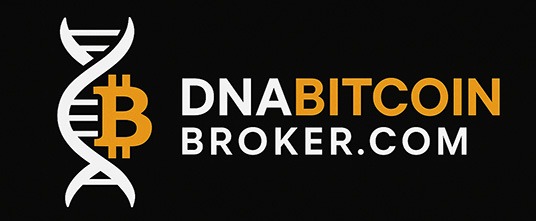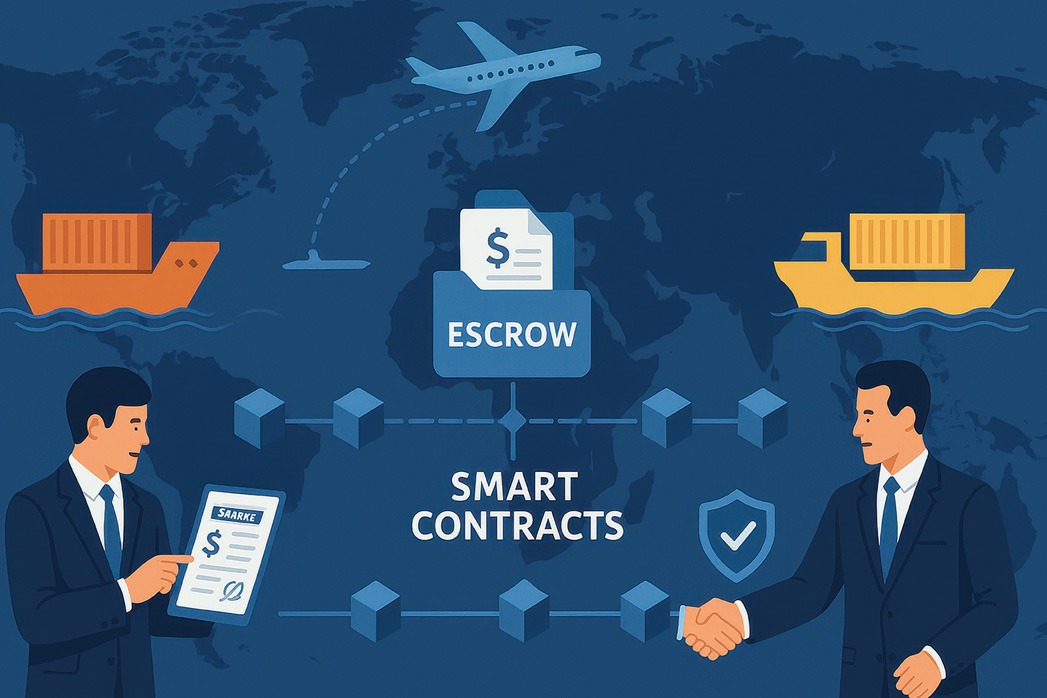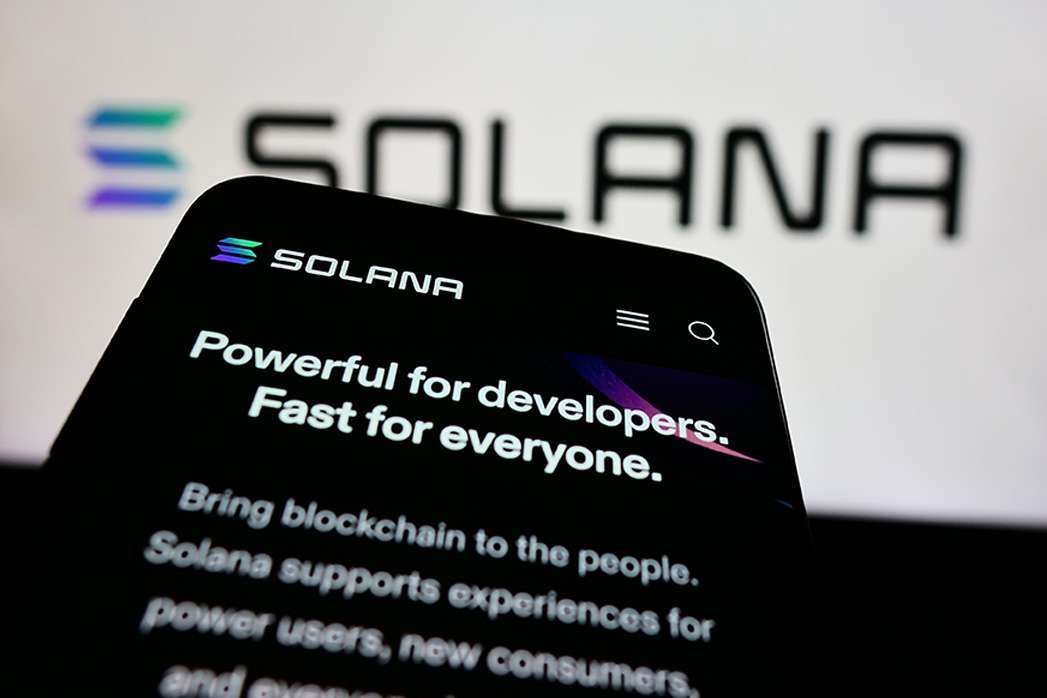Top Blockchain Protocols 2025: The Networks Powering the Next Financial Era
“Protocols are the railways of the digital economy — everything moves faster when trust runs on code.” – DNA Bitcoin Broker Knowledge Base.
In 2025, blockchain has matured from an experiment into the infrastructure layer of global finance.
Behind every token, payment system, and tokenised asset lies a protocol — a digital foundation defining how value moves, scales, and secures itself.
The new generation of blockchain networks isn’t just competing on speed.
They’re redefining interoperability, regulation, and institutional trust — the three pillars shaping the future of digital assets.
Learn more: Institutional Tokenisation
1. Bitcoin (BTC): The Original Monetary Network
Bitcoin remains the base layer of digital trust.
With a $1.6 trillion market cap in 2025 and record ETF inflows, it’s no longer just a speculative asset — it’s a monetary infrastructure.
-
– Hashrate: Over 650 EH/s (the most secure network in history)
-
– Lightning Network capacity: 6,800 BTC supporting instant global micropayments
-
– ETFs: Over $65 billion in assets across U.S. and European funds
While not programmable in the same way as newer protocols, Bitcoin’s simplicity is its strength — a secure, censorship-resistant foundation for digital value.
2. Ethereum (ETH): The Global Settlement Layer
Ethereum continues to dominate as the smart contract standard for decentralised applications and tokenised finance.
In 2025:
-
– Over $100 billion in value is locked in Ethereum-based DeFi protocols.
-
– Layer-2 scaling networks like Arbitrum and Optimism reduce costs by up to 95%.
-
– The Shanghai and Dencun upgrades have made staking more efficient and sustainable.
Institutions view Ethereum as the global programmable ledger, powering tokenisation, NFTs, and regulated DeFi.
Learn more: DeFi and MiCA Regulation.
3. Solana (SOL): High-Speed Finance for the Real World
Once known for network outages, Solana has emerged as the performance leader among major chains.
Its high throughput and low transaction costs make it ideal for fintech integrations, payment networks, and high-frequency trading infrastructure.
In 2025:
-
– Solana processes over 65 million transactions per day.
-
– USDC and EURC Stablecoins are native to its network.
-
– Institutional adoption is accelerating, with partnerships in DeFi, tokenised assets, and cross-border settlements.
Solana’s technical recovery and strong developer ecosystem have turned it from a risk play into a reliable enterprise-grade protocol.
Explore: Global Impact of MiCA
4. Avalanche (AVAX): Custom Blockchains for Institutions
Avalanche has carved out a niche in customisable, compliant blockchain environments.
Its unique Subnet architecture allows financial institutions to build dedicated networks with bespoke rules and performance parameters.
In 2025:
-
– Over 200 institutional subnets are live or in testing.
-
– Banks and asset managers use Avalanche for tokenised debt issuance and on-chain compliance tracking.
-
– Its low-latency consensus supports institutional-grade performance without compromising decentralisation.
Avalanche bridges the gap between private enterprise blockchains and the public crypto economy, aligning with emerging regulatory frameworks.
5. Chainlink (LINK): The Data Standard of Decentralised Finance
Chainlink remains the industry’s leading oracle network, connecting smart contracts to real-world data, payments, and APIs.
In 2025:
-
– Chainlink secures over $15 trillion in on-chain transaction value.
-
– The launch of CCIP (Cross-Chain Interoperability Protocol) enables assets to move securely between blockchains.
-
– Partnerships with SWIFT, DTCC, and global banks demonstrate its real-world utility.
Chainlink is the unseen infrastructure behind institutional DeFi — ensuring that digital finance operates on verifiable, accurate data.
Learn more: Institutional Bitcoin Adoption
The Institutional Landscape: Integration Over Competition
The story of 2025 isn’t about one protocol winning — it’s about integration.
Bitcoin provides the foundation of value.
Ethereum delivers programmability.
Solana and Avalanche optimise performance.
Chainlink connects it all together.
The modern financial stack is now multi-chain, regulation-aware, and institutionally connected.
The next frontier isn’t faster block times — it’s compliance, composability, and confidence.
Learn more: Global Impact of MiCA
The Bottom Line
2025 marks a turning point in blockchain history.
For the first time, performance, interoperability, and regulation are aligned.
From Bitcoin’s reliability to Solana’s speed and Chainlink’s precision, the world’s top protocols now power everything from global settlements to tokenised assets.
As institutions scale their blockchain exposure, DNA Bitcoin Broker provides the gateway — connecting clients to the networks shaping the next decade of digital finance.
Disclaimer: This article is for informational purposes only and does not constitute legal, tax, or investment advice.












